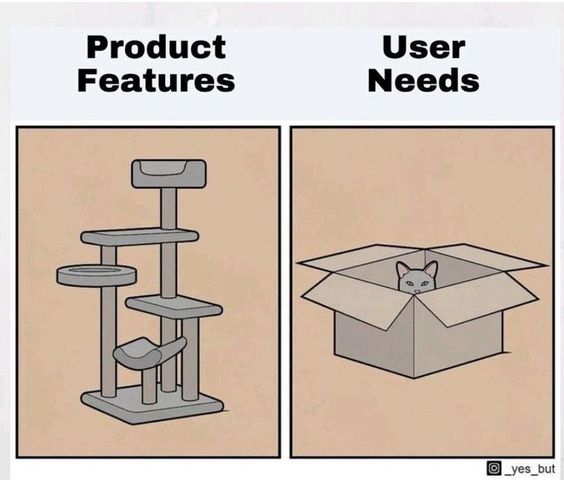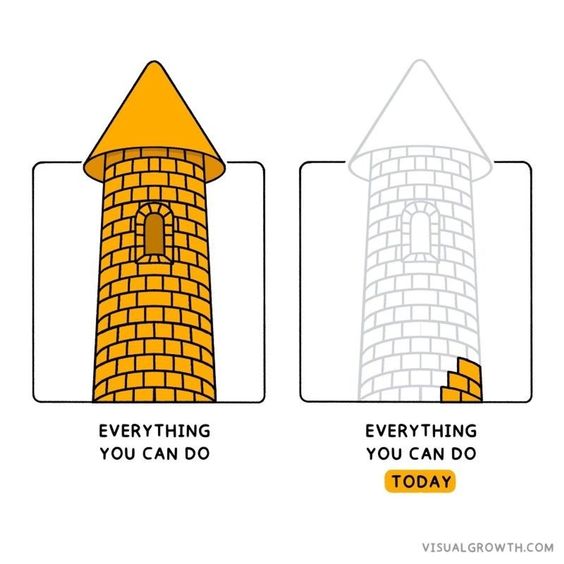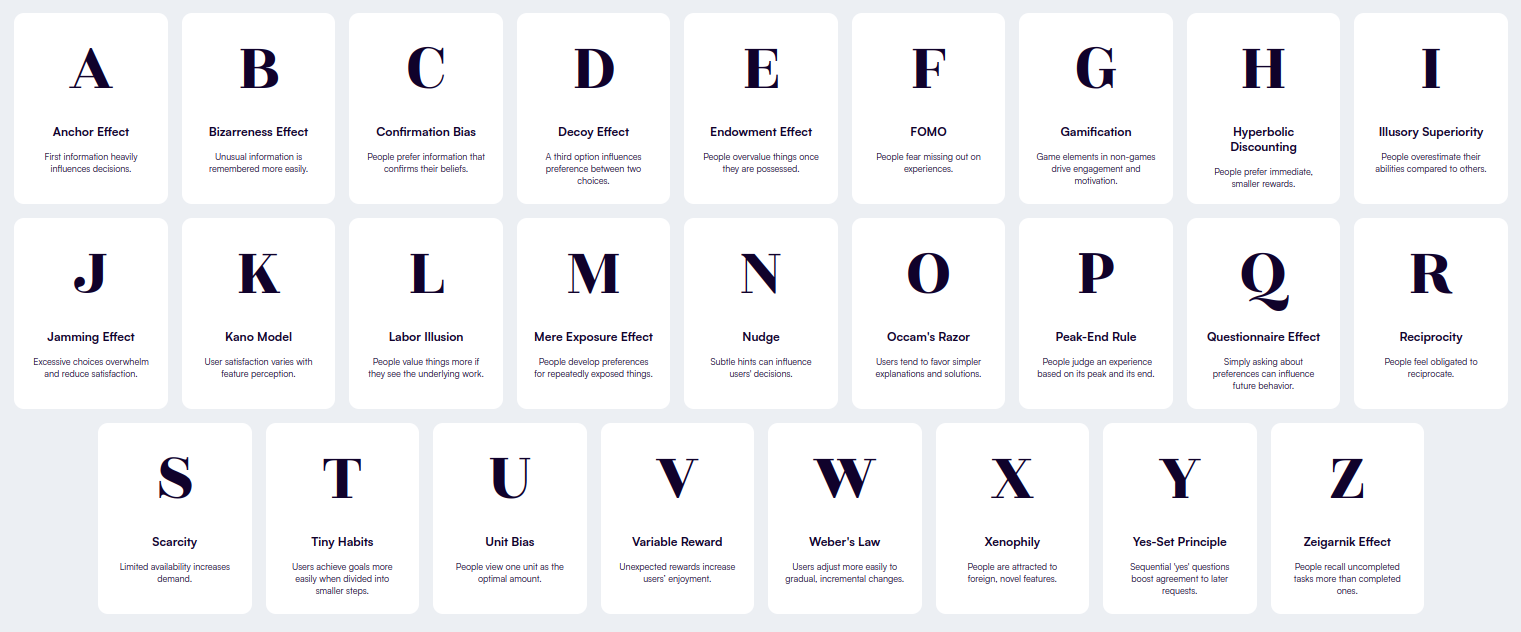UI VS UX



Shoes and mattresses highlight the fallacy of tech augmentation: For most of history, humans walked barefoot and slept on the ground. Cushioning, though convenient, was introduced recently and has led to unintended health effects. Restore balance with barefoot shoes & tatami mats.

Once again, I’m contemplating a theory and praxis of technological augmentation rooted in the ancient wisdom of Qigong, Traditional Chinese Medicine, Meditation, Nature and Poetry. The need for it feels immense, yet perhaps misguided.

The "reality as machine" paradigm is a 19th century hangover, causing great havoc today. Embracing alternative paradigms, such as "Reality as Garden", leads to saner outcomes.
The A-Z of Product Psychology: Cognitive Biases and Principles you can use to create products people love - Pro Tip: You can ask your favorite LLM to suggest how to incorporate them into your design

Wrapping my head around TikTok is a ride: A "oddly satisfying" video split-screened with an angry stunt, all while ASMR plays in the background—it does weird things to the brain. It's a sneak peek at interaction design crafted by multimodal AI, trained on biosignals.
Useful LLM Prompt for UX work:
"You are a world class interaction designer and game UX expert. Maximally improve the following code's user experience. Implement engaging animations using (insert JS anim library name) and CSS to provide users with with intuitive, responsive feedback. Focus on creating seamless interactions, enhancing visual hierarchy, and incorporating micro-interactions that surprise and delight. Ensure the design is both aesthetically pleasing and functionally smooth. (Insert your code.)
Saves me countless hours of time, and the quality is frankly better then if i do it by hand, or hire someone within a reasonable budget. Plus, you can always ask the LLM to "make it more extreme!" and it gets wild.
Nintendo completely sat out the video game graphics wars. It’s winning anyway. What Nintendo lacks in fancy pixels, it makes up for in dopamine. That’s why it basically prints money.

Nintendo is a money machine. It’s been raking in more than $10 billion in revenue (more than 1.6 trillion yen) annually for the past several years, and its profits have grown sharply, topping out at about $3.3 billion in the fiscal year ended March 2024.
According to NYU Professor Joost van Dreunen, it’s more accurate to look at Nintendo as a toy company rather than a gaming one. “If you look at Nintendo as a company, it's over 100 years old,” “It originally started as a trading-card game company,” he said, “and over the years really just identified itself as a toy maker. So everything that they do is colorful, it's accessible, it's fun. It's very easy to get into. Maybe not necessarily easy to master, but it's easy to get into their games.”
Instead of innovating on technology, Nintendo has mastered the dopamine-reward system. You get out of a Nintendo game exactly what you put into it. The actions you take in their games feel good and natural.
The misleadingly basic gameplay mechanics of today’s Nintendo games are the very same that launched the company into the sales stratosphere in the late 1980s and early ’90s. Press A to jump. Press B to punch. And if you press A to jump and then press B in the air, you perform a separate third move. That is to say that the B button behaves differently depending on the circumstance the character is in. It sounds remedial today, but the mechanics were so successful back then that entire franchises were born out of copying it.
"Anti-homeless architecture" perfectly symbolizes a militarized culture that prioritizes profit over people.

